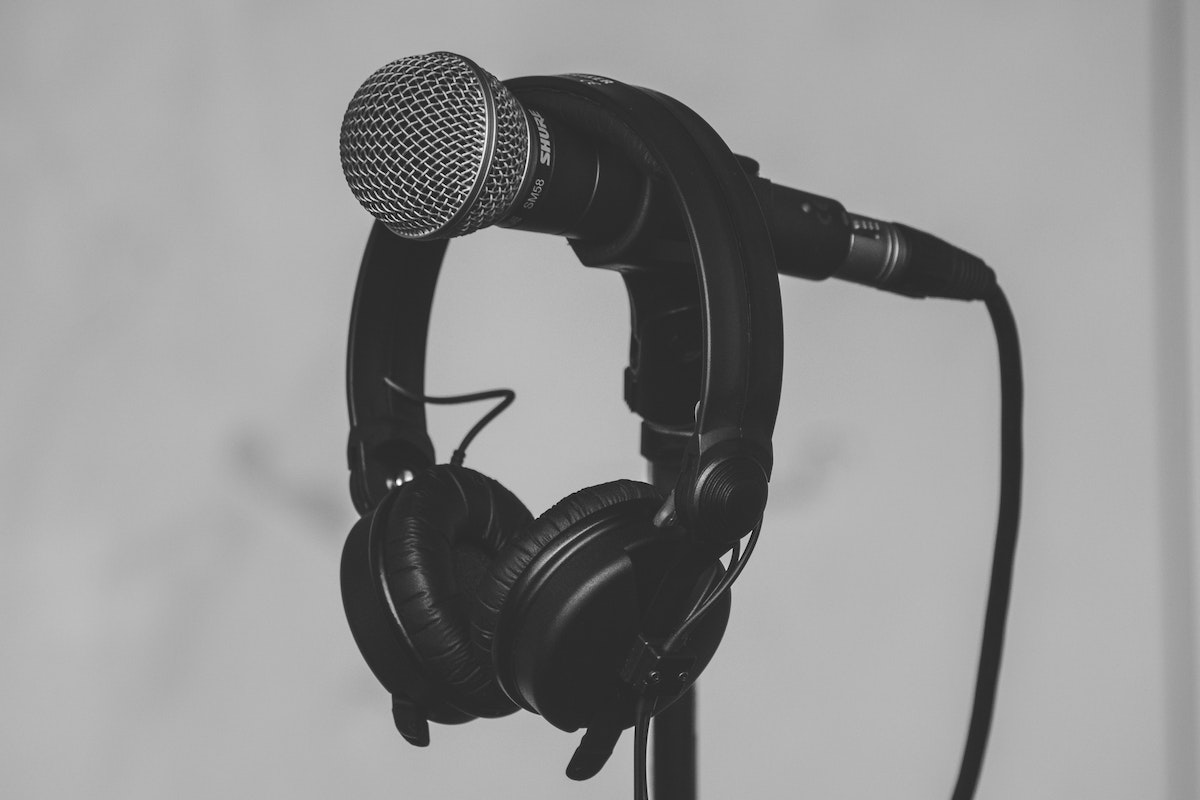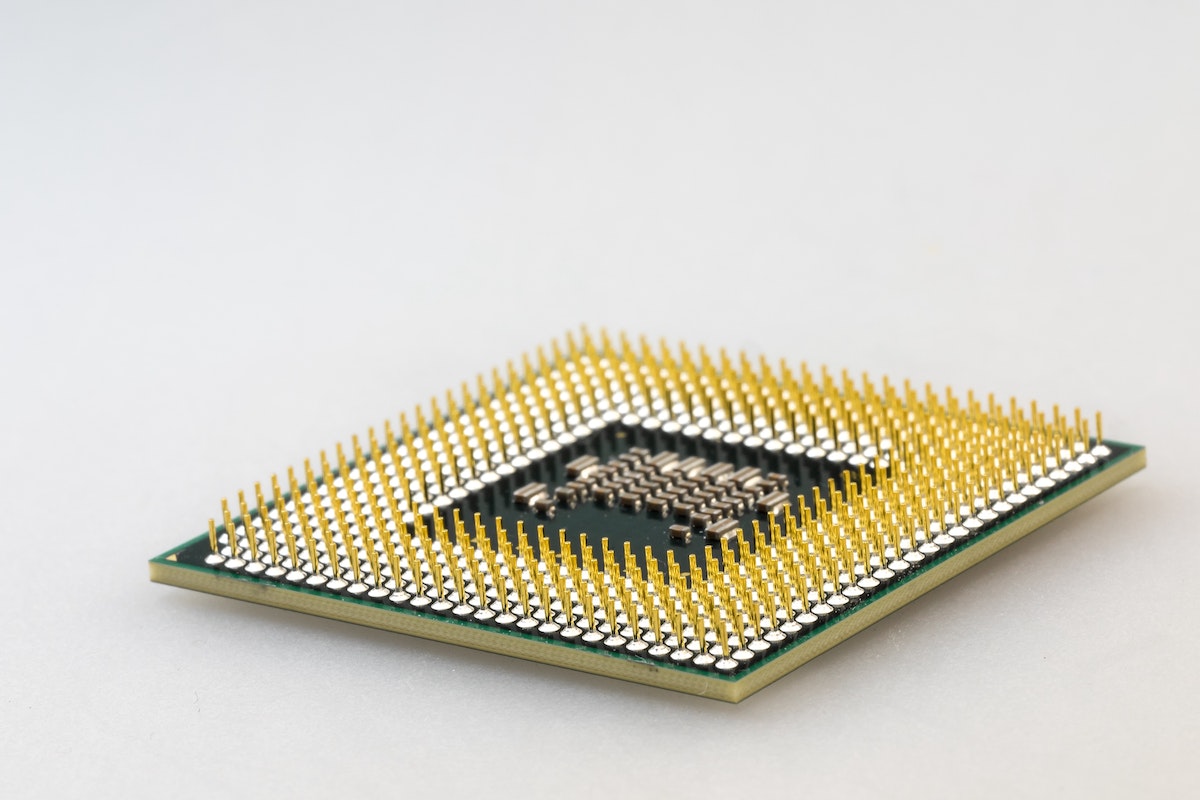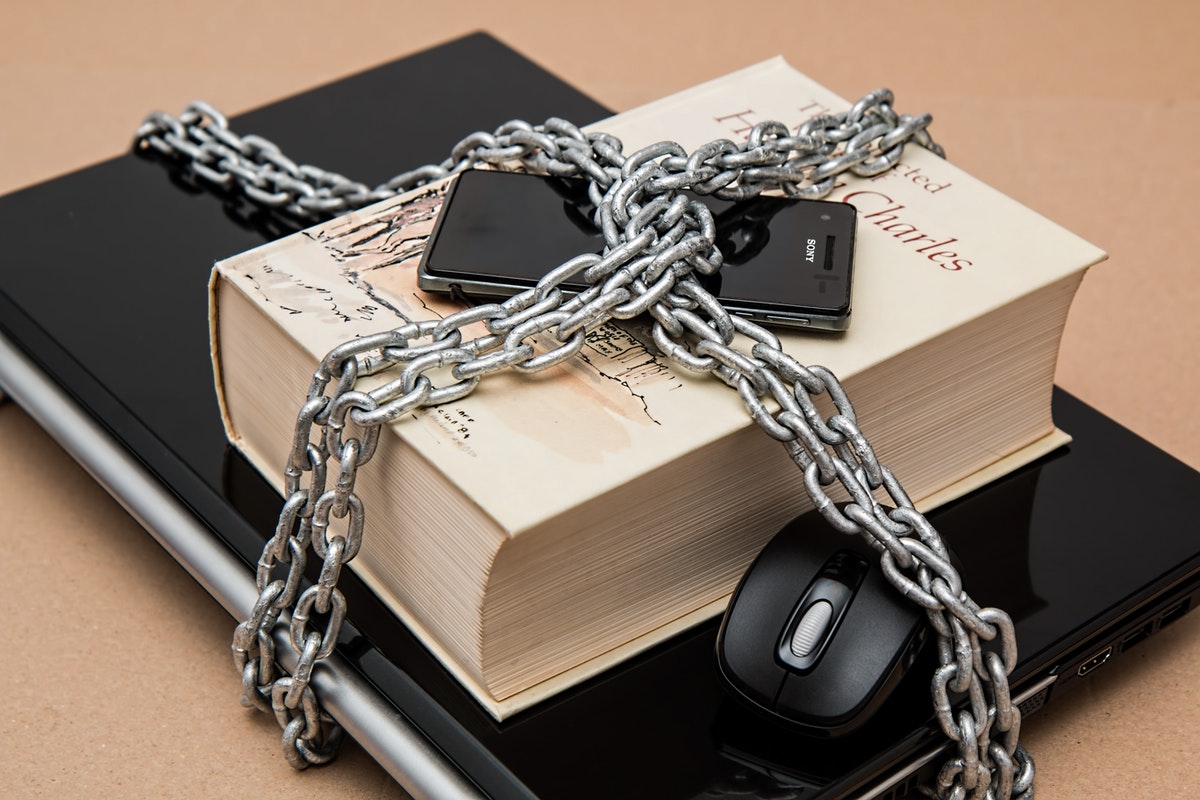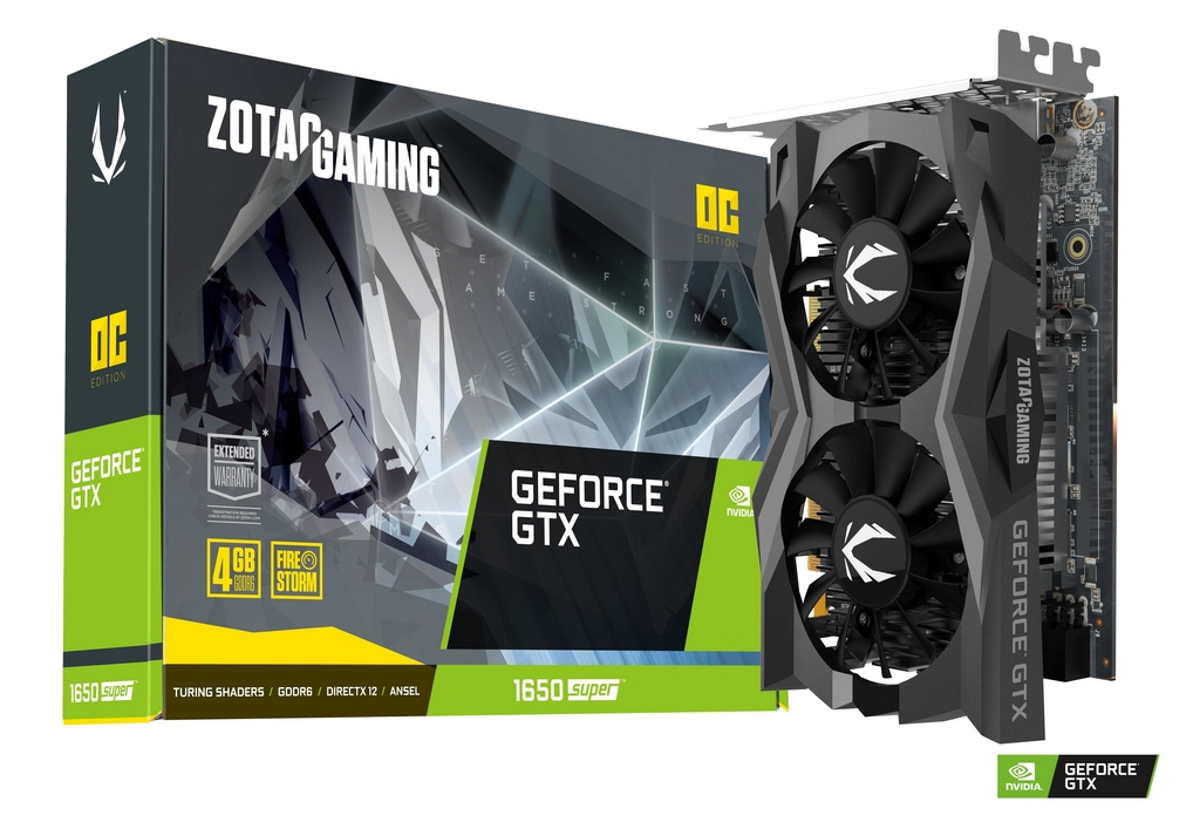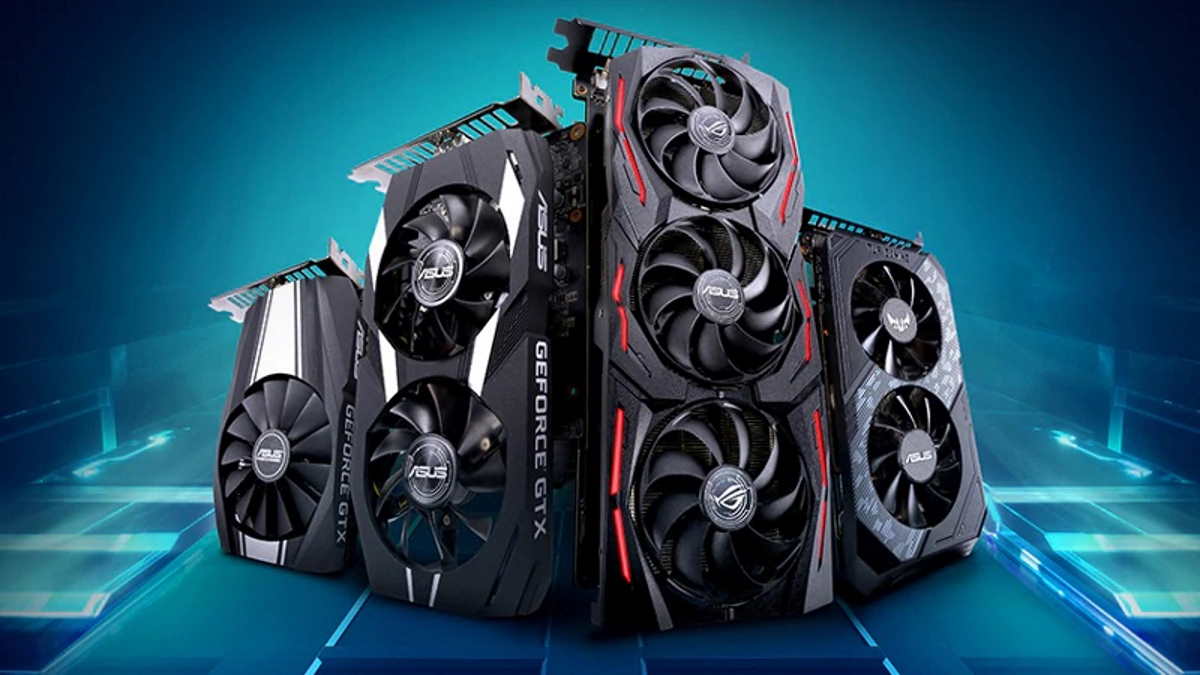Human Resources (HR) is a department in an organization that is focused on handling tasks related to the management of employees for the effective running of business operations. The action of HR is a direct portrayal of the company’s image to staff. This is why any firm interested in hiring the best candidates and retaining talents needs to pay more attention to the caliber and quality of its HR personnel.
Companies with a genuine interest in optimizing their HR operations usually deploy Digital HR for astounding results. This digital transformation of HR services and processes saves time and resources by automating repetitive processes such as recruitment. Below are five ways technology is transforming HR
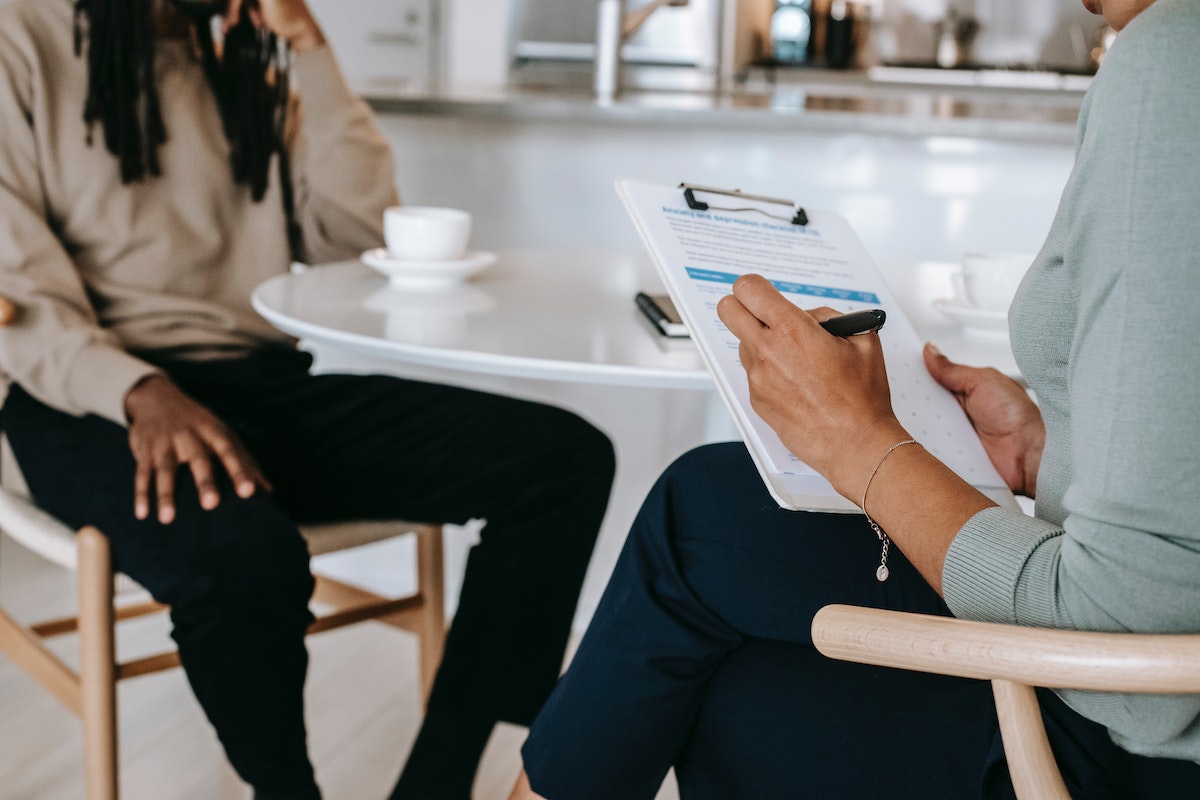
1. Optimized Recruitment Process
Recruitment is one of the major duties of the HR department in an organization. The HR is meant to shortlist the best candidate for an opening, after which department heads are involved for further screening.
The internet has enabled companies to reach as many potential candidates as possible. There are organizations with teams across the world, and certain members of the team have never been the headquartered office. They were hired online and worked remotely.
Unfortunately, the hiring process is sometimes plagued by problems of biases and flawed judgmental decisions. The use of HR technology has made the process more objective and faster. There are different tools for sourcing, screening, interviewing and onboarding new employees.
A sourcing software can scan through social media platforms such as LinkedIn to identify candidates with the right qualification, experience, and personality your company needs. Likewise, screenings are now easier and faster by using tools that eliminate candidates who lack the job requirements.
Many organizations conduct virtual psychometric assessments to shortlist candidates with the right personality for the job and the company’s culture.
Machine learning is now used to design applications with real-time interview questions that keep changing based on the candidate’s responses. The questions change for different roles, so CRM interview questions are different from Compliance Manager interview questions.
The integration of these technologies ensures that only the most suitable candidates progress through each stage of the hiring process, reducing the risk of biases and enhancing the overall efficiency. By implementing free agency recruitment software, organizations can further streamline their recruitment efforts, making it easier to manage and track applicants from start to finish.
2. Real-Time Employee Performance Tracking
HR is saddled with measuring employees’ performance and recommending improvement.
The department’s job is to ensure staff get the best technology to ease their work.
HR analytics tools compile, analyze and report HR data based on certain metrics to recommend the best approach to improve employees’ productivity.
Performance tracking and management software is like a trusted ally for HR departments, supporting them in their mission to understand and improve employee performance. These amazing tools give HR professionals the power to effortlessly monitor key performance indicators (KPIs) and collect valuable data about how individuals and teams are doing. By taking care of the tedious task of compiling and analyzing data, employee HR software frees up precious time and resources for HR teams to focus on what really matters.
With the help of this software, HR managers gain a real-time window into employees’ progress, allowing them to spot areas that need a little extra attention and implement targeted strategies to help employees grow and thrive. Additionally, integrating an AI HR chatbot can further streamline HR operations by automating routine inquiries, gathering employee feedback, and providing real-time support for performance improvement.
For instance, a tracking tool for the time of arrival can help identify an employee whose time of arrival and exit has changed. This can prompt HR to investigate and ascertain whether such an employee needs to see a psychologist, for instance.
Analytics tools can also help HR determine the best motivation mode for employees, which may be a salary increase or healthcare allowance.
3. Improved Payroll System
Different employee categories can confuse HR and mix up payroll schedules, resulting in underpayment and overpayment. Overpayment is not easy to recover from employees as laws prevent employers from inconveniencing the employee during the recovery process.
On the under hand, an organization can be sued in case of underpayment and delayed salaries. A Data-Driven Staffing System can aggregate your personnel system and ensure salaries are controlled across your employees.
Payroll technologies have advanced to the extent all employers’ work hours can be effectively calculated to sum the amount payable to each staff.
These technologies are designed to be mobile-friendly, meaning they can be used anywhere.
Recently, there’s been a trend to combine HRIS and payroll into an all-in-one HR software solution. Platforms like Zelt integrate these functions, simplifying management and boosting efficiency.
4. Employees’ Privacy Protection
Data is vital to evaluate the current happenings in the company. It can also help HR to predict the company’s future needs, such as estimating the likelihood of turnover in critical roles.
According to a 2018 Oracle report, HR is one of the biggest analytics users, more than early adopters like finance.
As much as data is important to HR, it must be compiled in a way that does not violate employees’ data privacy.
Most hiring management software is designed to ensure while only presenting the needed data for the department. There are also cloud technologies that can allow HR to store larger data files with utmost security to prevent them from getting into the wrong hands.

5. Compliance and Diversity
The laws and regulations of human resources management, such as minimum wage, are constantly changing.
Due to the bulk of tasks handled by the HR department, it is not unlikely to miss out on a recent policy that could impact your operations.
Technology updates help HR departments stay compliant with evolving laws and promote diversity. Tools like employee resource group software enable the creation and management of diverse employee groups, fostering an inclusive workplace environment while ensuring adherence to legal standards.
Subscribing to relevant channels will allow HR personnel to get prompts whenever there is news regarding a new policy or regulation in the industry.
Also, HR application developers may upgrade their software to reflect important policies and alert users.
6. Ease of Communication and Employee Engagement
Instant messaging apps for texting, messaging, and virtual meeting using online HR services makes it easier for HR personnel to maintain contact with members of other departments.
Project management software allows for quick collaboration among team members and a swift broadcast of information.
Employees that need to update their files for smooth processing of payroll and tax filing can be contacted via email.
Surveys, featuring components such as employee satisfaction metrics, pulse checks, and eNPS questions, provide a holistic approach to collecting feedback on diverse topics, enabling actionable insights to enhance workplace dynamics.


